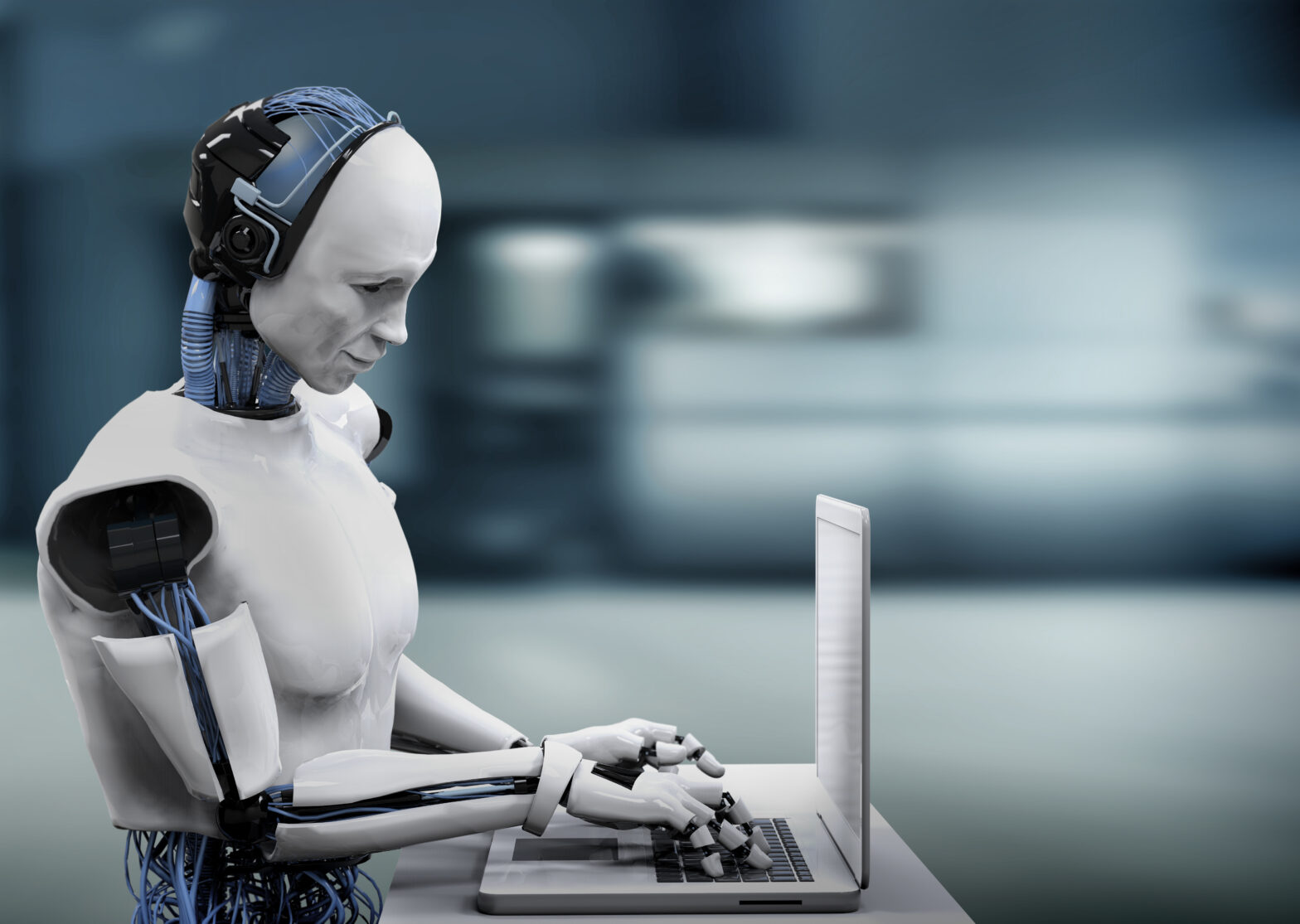Today’s AI technologies are more intelligent and contextual than ever before. The rise of digital assistants like Alexa and Siri that allow us to carry out a myriad of tasks with minimal effort – has made many consumers wonder “why can’t everything be this easy?”. As a result, businesses are starting to tap into this trend and are seeing the huge potential AI – not just to help the customer journey, but also to streamline processes, reduce costs and increase productivity of their service agents.
Today, AI is serving on the frontlines of customer service, handling the repetitive tasks that previously took up the majority of an agent’s time – freeing them up to focus their time and energy on more complex and high-value engagements.
>See also: AI’s impact on customer experience
Additionally, AI is playing co-pilot to the agents – helping them deliver more personalized service by prompting them with information on a customer’s history with the brand, preferences, and sharing suggestions and offers that particular customer may appreciate. The symbiotic relationship between agents and bots has never been stronger, but it wasn’t always that way.
In the beginning
In its humble beginnings, the AI we experienced in customer service was a far cry from the what we saw in futuristic sci-fi films. Instead of conversational holograms and robots, consumers were faced with glitchy interactive voice response systems and chatbots that could only answer very specific, direct questions. Not only was this frustrating for consumers, it also created a host of problems for businesses who found that they couldn’t effectively communicate with their customers.
And while AI technology has changed dramatically since then, companies worry that customer recollection of those days will inhibit adoption today. However, just as the technology has matured, so have the expectations of customers. As customers become more digitally comfortable, they hardly care if they are talking to a human or a bot – as long as their issue or question gets resolved.
>See also: AI: the next level of smart customer service?
To ensure the long-term viability of AI in customer service, the experience needs to be easy and seamless. If the bot can’t answer the questions, it is expected that it is escalated quickly to a human agent who will have all the context they need from all previous interactions (bot or otherwise) to move the query immediately.
Where we are today
The AI that underpins today’s chatbot is more intelligent and contextual than ever before. Not only can it adequately answer simple, repetitive questions like “where’s my order?”, but in some cases, chatbots are handling more complex tasks like booking an entire vacation. They are also smart enough to know when they aren’t smart enough and can seamlessly escalate the issue to the best resource with all the context– a human agent, resource article, or FAQ.
In addition to being on the frontlines helping answer customer queries, customer service teams are relying on AI to help them provide a truly personalised experience by collecting and analysing data on user habits. By knowing who the customer is and their history with the brand, chatbots are helping agents upsell items, offer discounts, or just help agents find a connection.
>See also: 5 technologies improving the customer experience journey
For example, in the retail space, if a customer is buying a sweater, the bot may prompt the agent to offer a pair of shoes that shoppers like them have previously purchased. While there’s no guarantee that customer will buy the extra item, being able to offer them tailored suggestions that fit their taste makes the experience that much more delightful.
Looking ahead
Looking ahead to the future of AI in customer service, the sky is truly the limit. One of the most exciting prospects, and something most people are keeping a close eye on is how quickly the technology will mature and the new ways that it will be used.
In its current state, AI is largely reactive, but imagine a world where a chatbot would also be able to predict your question and provide you with answers based on how you’re interacting with the website. This will enable brands to offer a far more personal experience, based on data collected from your interactions over time as well as interactions with many other customers.
>See also: European bank to integrate AI for customer service
As more and more successful use cases emerge, confidence will grow in the technology, resulting in widespread adoption of AI-powered solutions within companies. How this will impact existing jobs is up for debate and there’s been a lot of chatter around the future workforce and how technology will shape it. History has shown us time and time again that technological revolutions creates more opportunities, improves processes and enhances employee happiness in the long term.
And although AI will change the way we interact, the need for human interactions isn’t going to disappear. Some people will still prefer interacting with humans and some interactions will be best catered for by humans. We can expect to see a future were companies adopt a hybrid approach which will benefit both the customer and the agent. The brands that are able to find this balance will be the ones to benefit from this ongoing evolution of artificial intelligence in customer experience.
Sourced by Ryan Lester, director Customer Engagement Technologies, LogMeIn










